Ride Quality and Handling
After spending some time in both the cars, I was sure which one I would choose and why. Being a premium car, the Hyundai Elite i20 has a softer suspension set-up, which can handle bad and uneven roads better than the Jazz, giving it better ride quality. But this softer set-up also hampers the handling of the i20 as it doesn’t really feel well-planted while tackling corners and zigzag roads. The steering, too, feels a smidgen vague and lacks proper communication.
This is exactly where the slightly stiffer set-up of the Jazz comes in handy. It does handle bumps and undulations well at low speeds, but at higher speeds this set-up gives a very reassuring and planted feel that encourages you to push harder, even on rough roads. The steering is also more communicative than that of the i20, constantly letting you know what the front end is doing. The Jazz is much more fun in the corners but the i20’s overall ride quality is surely better than the Jazz’s.
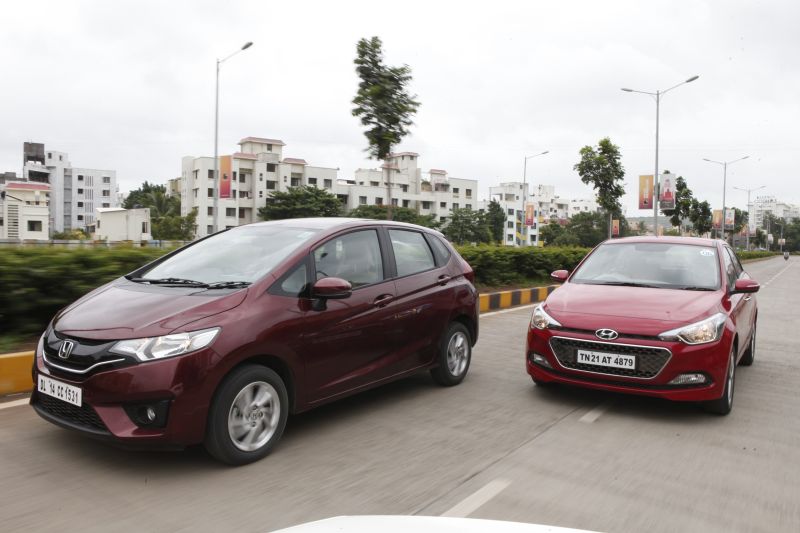
Price
The earlier Jazz could not really set the sales charts on fire because Honda’s pricing strategy did not work well. In addition, they did not have a diesel variant, which added to the lethargic sales of the Jazz. This time, however, Honda have it right… well, somewhat. The Jazz diesel price starts at Rs 6.62 lakh (ex-Pune) for the base and go all the way up to Rs 8.76 lakh (ex-Pune) for the top-end variant, very similar to Hyundai’s Rs 6.58 lakh (base, ex-Pune) to Rs 8.25 lakh (top-end, ex-Pune). With a difference of only a few thousand rupees between variants, making a choice between the two is somewhat difficult.


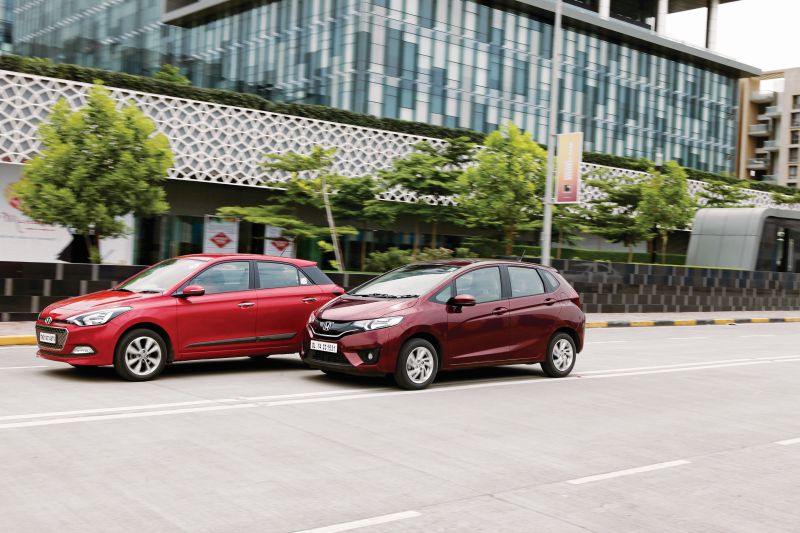

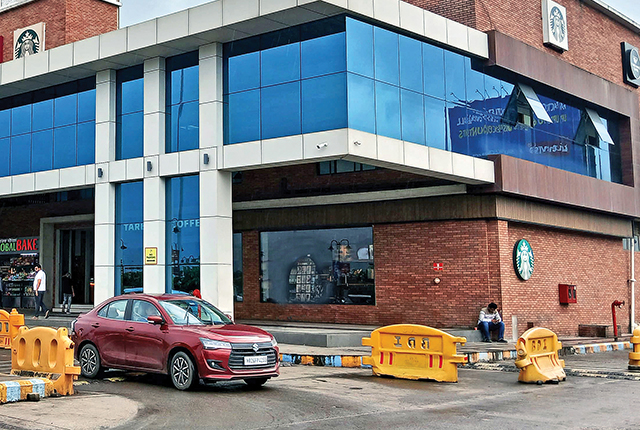
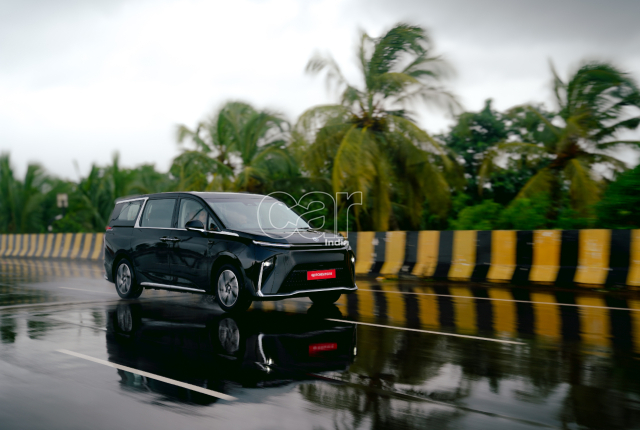
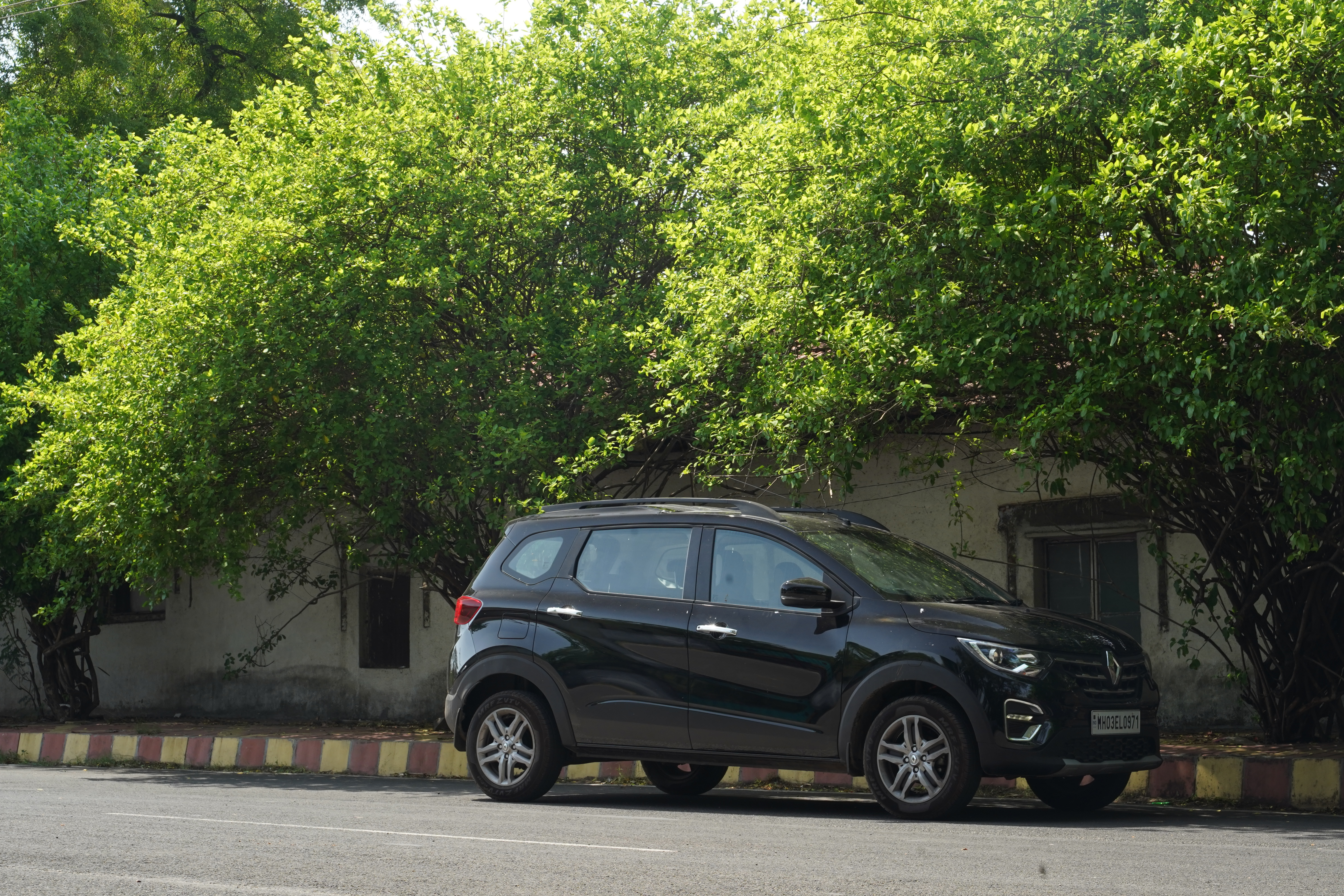
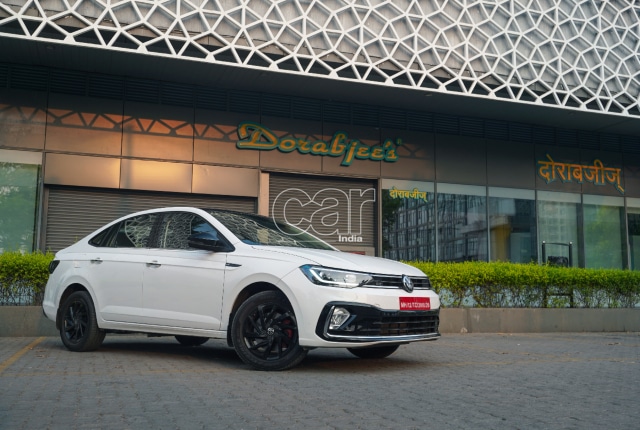
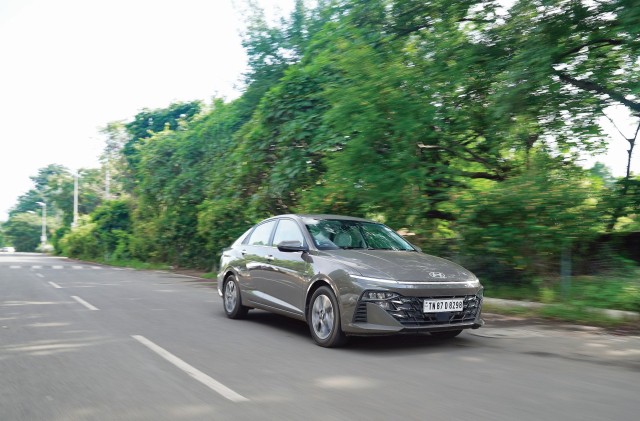
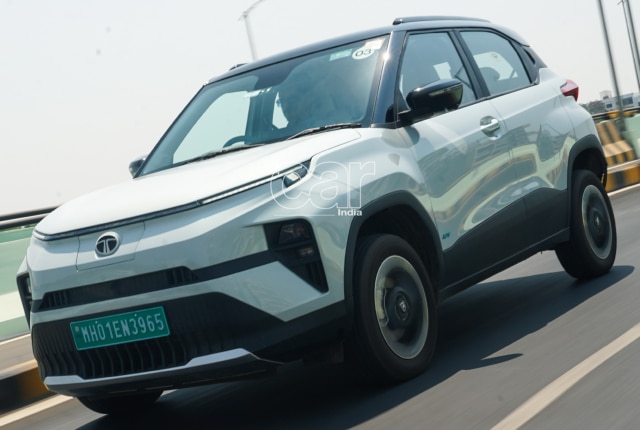
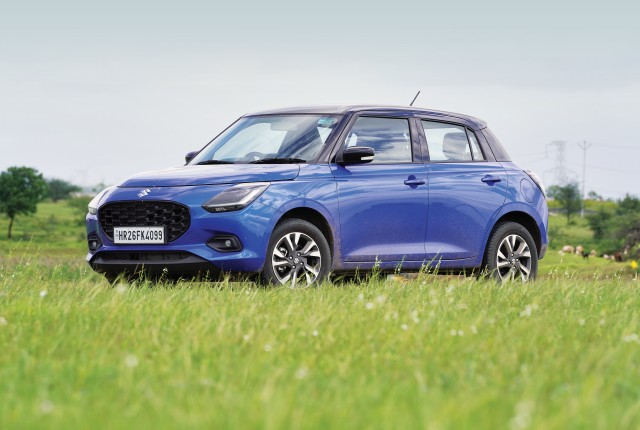
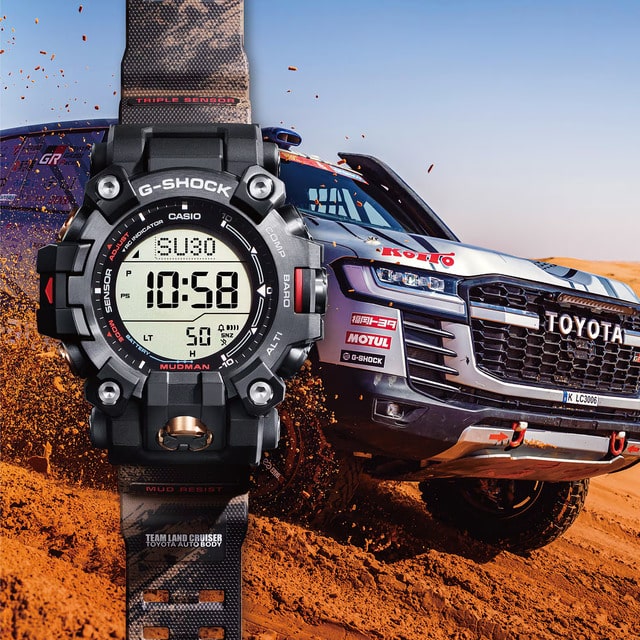
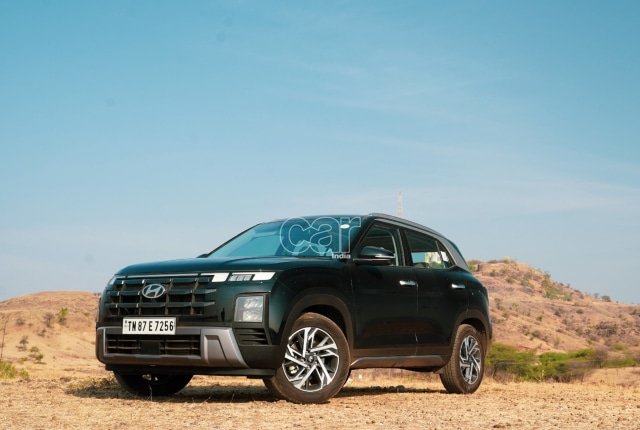
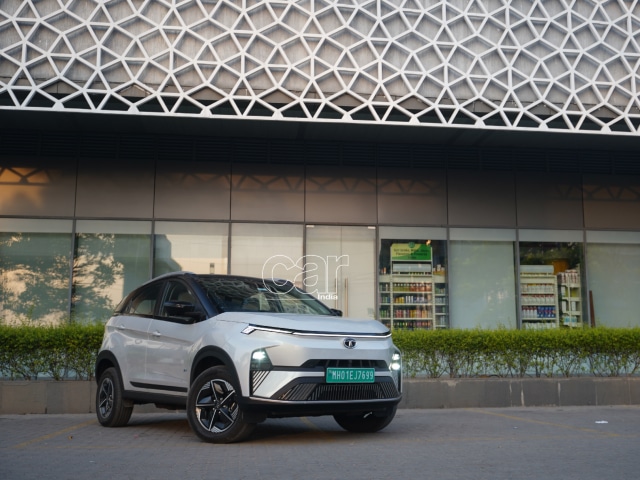
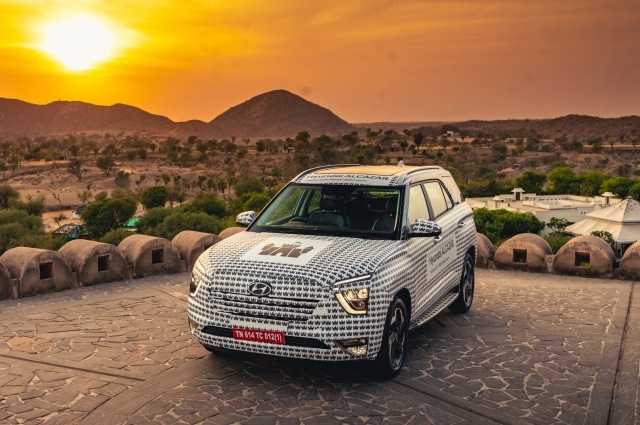
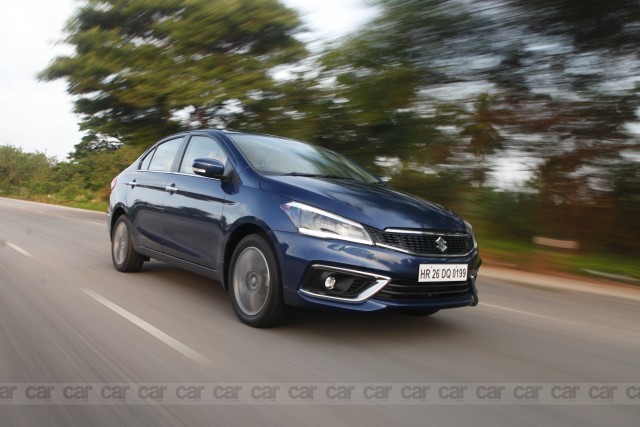




Leave a Reply